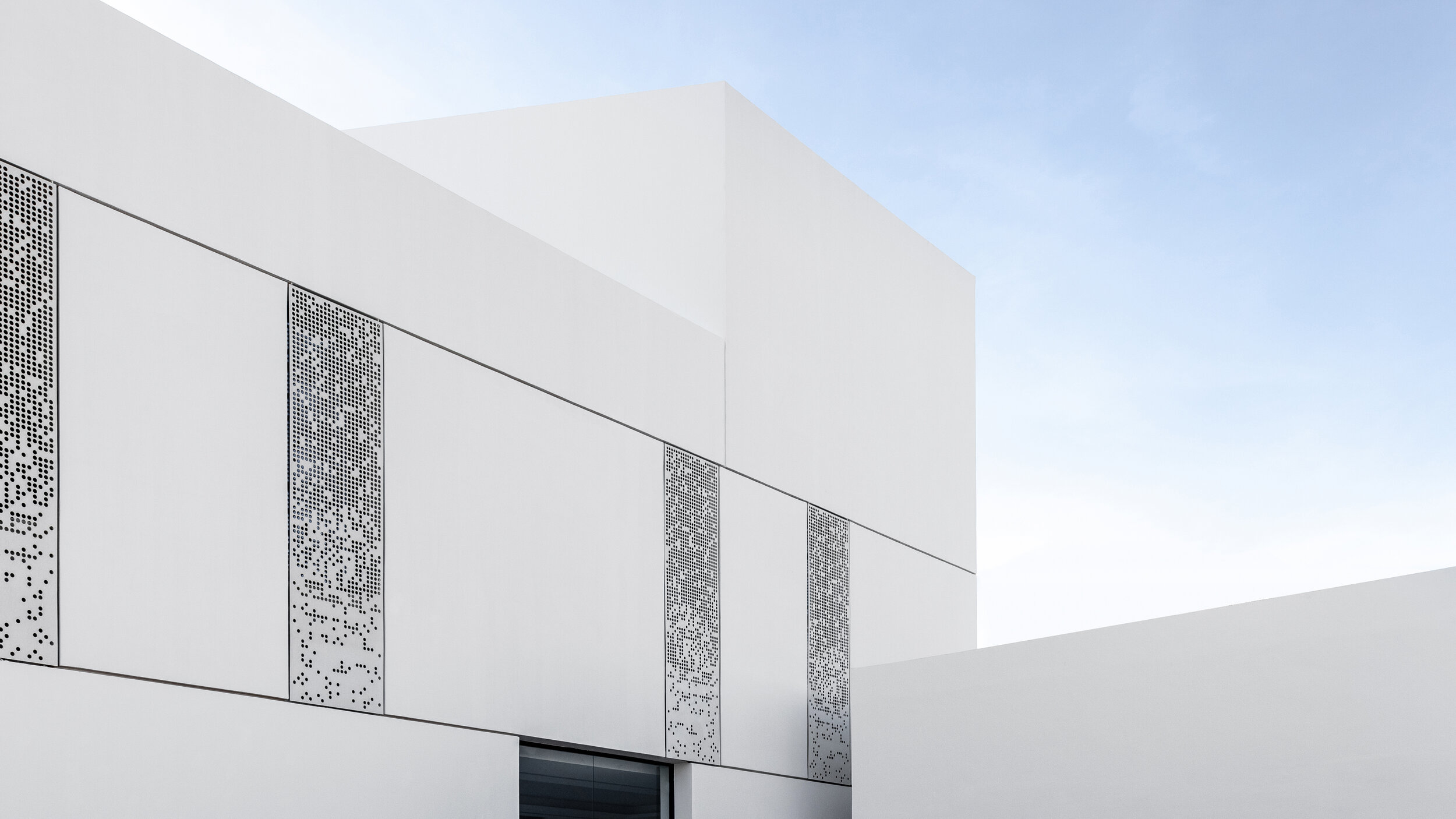Al Mashrabiya
Written by Sarah Mubarak
Creating an open facade has become a vital element of modern day architecture in recent years.
When renovating a building or constructing one from the ground up, the typical house in Riyadh must adhere to certain aspects. Mainly, maintaining the residents’ privacy and limiting sun exposure. And although private homes and open facades are contradicting concepts, one facade treatment in particular has been used as a multifunctional solution for homeowners who want their homes to look modern, while preserving the overall traditional feel of the city, traditionally called: the mashrabiya
Mashrabiyas date back to the 12th century, they were, and still are until this day, a main element of Islamic architecture, and Arab vernacular architecture particularly. The latticed window screen, which was typically made of wood, and was used as a partition between homes and the external world, as well as a shading device. However, over time the use of mashrabiyas has decreased, as they can be viewed as a dated solution. So now that simplistic modern architecture is being introduced to Riyadh neighborhoods, modernizing time-honored solutions has become necessary.
When used properly, steel mashrabiyas can be extremely versatile, and are often used as a tool that enhances both form and function. As a functional element, the mashrabiya offers climatic control, amongst many other things, It is a way to aesthetically improve the building’s thermal performance whereas its used as a shading device, and can deliver diffused natural light during the day, which diminishes the need for artificial lighting. The use of this element can also create a differentiation from the white solid building and give a light voided feel, for the external onlooker. It also provides an interesting play with shadows in the interior, which provokes a sense of wonder upon entering any space utilizing it.
With renovated homes, it's common to see a subtle change in the exterior to avoid complete demolition, which is where modernized metal mashrabiyas are often employed as a way to update any exterior. As for privacy which is a dominant factor in the Saudi architecture scene today, window coverings are considered, and the modern mashrabiya is the perfect solution as it delivers an honest facade, connecting the exterior to the interior, while keeping changes at a minimal.
The versatility of mashrabiyas is also demonstrated in the screens themselves, where the patterns is particularly determined for each project, and used based on the function of the building. The typical oriental pattern has now been replaced with modern perforations and metal is used in place of wood.
Fixed metal mashrabiyas are used in ahb in projects like OH Villa and DS Villa
Both houses were designed with contemporary visuals in mind, while still utilizing a reinterpreted element of vernacular architecture. This resulted in a fresh solution that helps transform not only the exterior of the villas, but how the neighborhood is viewed altogether.
ahb: OH Villa
The metal sheets in OH Villa were created by implementing ergonomics. Specifically, the sheets were divided according to the height of the typical occupant. And then each division had a carefully calculated amount of perforations that corresponded to the privacy level needed at that section of the sheet.
ahb: DS Villa
But with DS Villa, it was more arbitrary. Instead of having perforated sheets, the concept behind the DS Villa window coverings was to have 5mm steel shading plates with varying directions welded to 15cm thick sheets that are bolted to a single steel frame.
The goals for both of the villas was not only to modernize the mashrabiyas, but to also use them as an element that would elevate the design of the white smooth boxes and achieve an honest, one of a kind facade.
—







